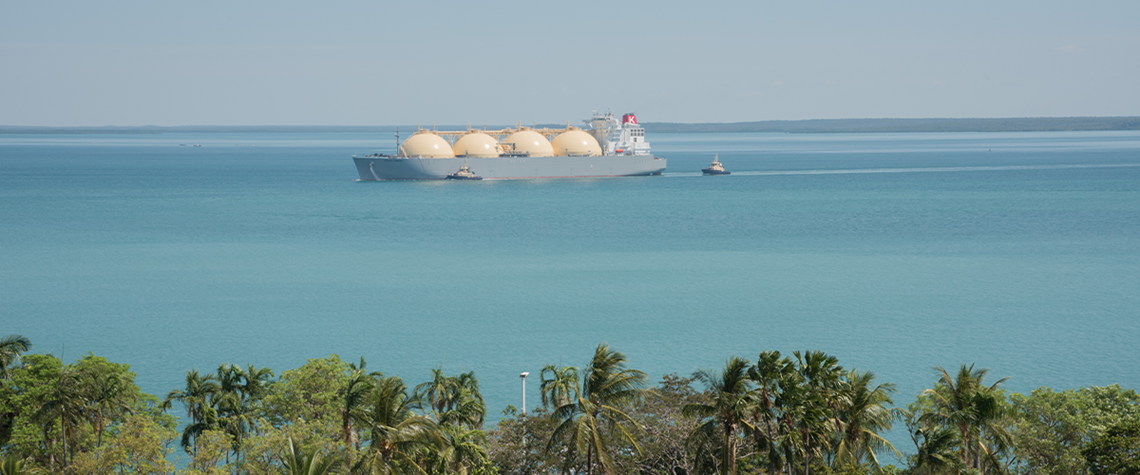Canberra stokes Tokyo’s LNG concerns
Talks between the trading partners reveal growing tension over the potential impact on LNG flows of domestic Australian policies
Japan was the world’s largest LNG importer in 2022 and Australia the largest exporter, with the former also being the latter’s most important single market. Australia exported 80.9m t of LNG last year, of which 31.2m t, or 39%, went to Japan—accounting for 42% of Japan’s 73.6m t net imports and demonstrating the high degree of interdependence between the two Asia Pacific giants. But Canberra’s response to domestic supply concerns, combined with aggressive emission reduction efforts, has cast some doubt on Australia’s future reliability as an LNG exporter, seemingly accelerating efforts by Tokyo and Japanese utilities to ensure other potential sources of supply. Australia’s populous east co

Also in this section
12 December 2025
The latest edition of our annual Outlook publication, titled 'The shape of energy to come: Creating unique pathways and managing shifting alliances', is available now
12 December 2025
The federal government is working with Alberta to improve the country’s access to Asian markets and reduce dependence on the US, but there are challenges to their plans
11 December 2025
The removal of the ban on oil and gas exploration and an overhaul of the system sends all the right messages for energy security, affordability and sustainability
10 December 2025
The economic and environmental cost of the seven-year exploration ban will be felt long after its removal







